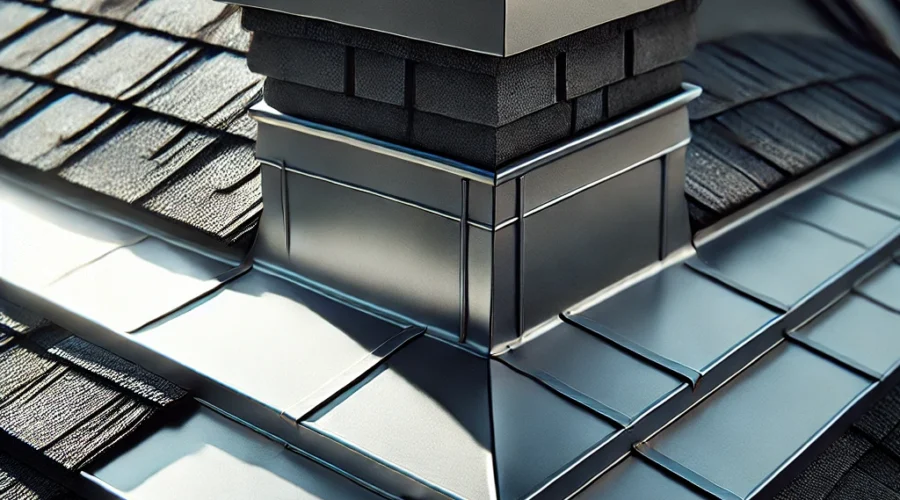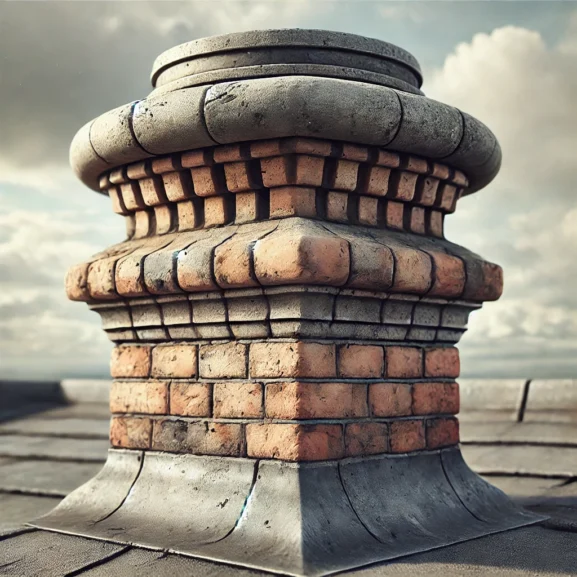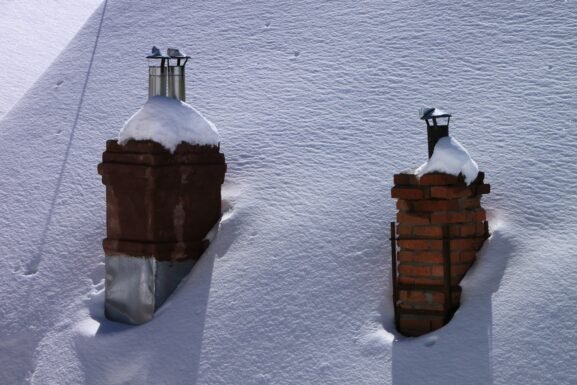Prevent Chimney Flashing Pulling Away from the Roof: Causes & Solutions Explained
Chimney flashing often doesn’t get enough attention during home maintenance. However, seeing it pulling away from the roof is a sign that something is wrong. If we ignore it, this small issue can turn into a big problem, leading to leaks and water damage.
In this text, we’ll explore why chimney flashing pulls away and what steps we can take to fix it. Understanding why this issue happens helps us avoid expensive repairs later. The weather or bad installation could cause it. Fixing it quickly keeps our homes safe and dry.
We want to help homeowners understand how to deal with chimney flashing problems by looking at the signs and solutions. This knowledge will give us the power to fix the issues ourselves. Let’s jump into the details and protect our homes from unnecessary damage.
Essential Guide to Chimney Flashing: Prevent Leaks and Water Damage
Chimney flashing repair is crucial in preventing water intrusion. Residents face unique challenges due to our unpredictable weather. Loose flashing or flashing separation issues occur when harsh weather impacts roof-chimney flashing. This can lead to costly water leaks from flashing if not addressed.
Regular flashing maintenance avoids these issues. If your chimney flashing is damaged, it’s best to get professional help. Reach out to certified professionals for consultation. Proper flashing installation and prompt repair prevent water leaks, reducing overall flashing repair costs. Learn More from FEMA.
Flashing installation errors often cause damage. The flashing should be snug against the chimney, acting like a good hug—not the awkward side hug. Detecting these problems early can save you heaps.
Considerations for chimney maintenance include ensuring your flashing meets local regulations. Read from NFPA. Maintaining your chimney helps protect your home from water damage. Remember, we’re here to help with professional advice and services.
Always prioritize hiring experts instead of tackling flashing on your own. This ensures your home remains safe and dry, come rain or shine.
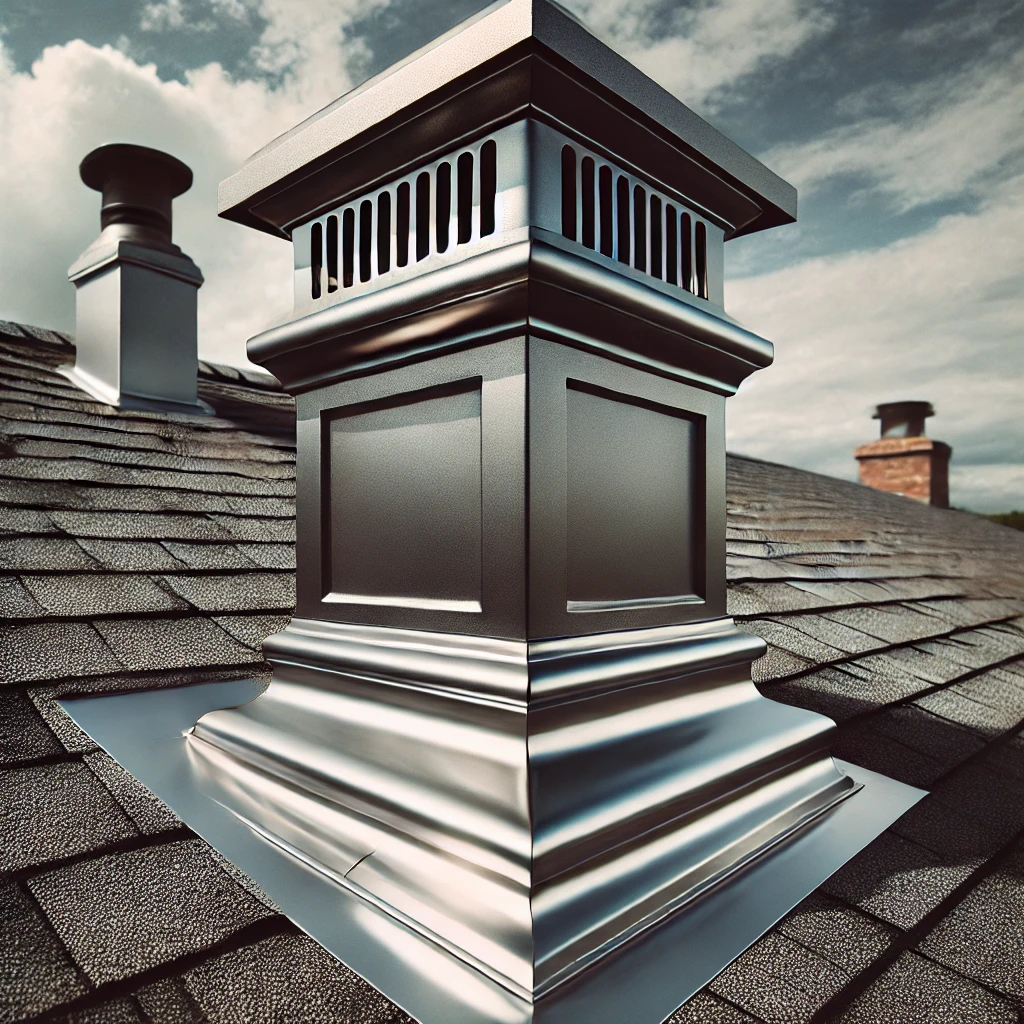
Common Causes of Chimney Flashing Separation
Understanding why chimney flashing often separates helps in preventing further damage. By addressing early signs, homeowners can avoid costly repairs. Let’s explore the two main culprits.
Weather-Related Factors
Unpredictable weather loves to play tricks on our chimneys. Flashing pulls away when heavy rain or snow challenges even the best installations. Strong winds can make flashing loose. This can cause water to leak through the flashing. The freeze-thaw cycle, common in colder months, shapes flashing separation issues. It expands and contracts, flashing, loosening its grip. Regular flashing maintenance becomes essential to combat these elements. Check if the flashing is snug, and reach out to certified professionals for a consultation. By involving professionals, you stay ahead of damage (source: NFPA).
Poor Installation Practices
Improper installation leads to disaster. When flashing installation errors occur, they invite water intrusion through flashing. Some rogue contractors cut corners, causing damaged flashing around chimneys. Using incorrect materials or misaligning pieces leads to flashing separation issues. Roof-chimney flashing should fit precisely, like a snug sweater. Laughable if not true, gaps invite leaks as quick as a mouse to cheese. Correct installation requires expert hands and appropriate materials (source: CSIA). For a lasting solution, give us a call. We can discuss the flashing repair cost and set up a professional evaluation.
We’ll help ensure your chimney stands strong against all odds and weather.
Signs Your Chimney Flashing Is Pulling Away
Chimney flashing pulling away from the roof can lead to costly issues. Let’s explore key signs indicating a problem.
Visible Gaps or Cracks
Visible gaps or cracks in your chimney flashing are telltale signs. Damaged flashing around chimneys often shows up as split or broken seams. These seams are where the flashing meets the roof or the chimney base. These gaps invite water intrusion through flashing, risking internal damage. Regular inspections help catch these issues early, preventing bigger headaches. Check for any loose flashing around the chimney. Loose flashing means there’s a gap. This needs to be fixed quickly. For a ticklish twist, call the gap ‘the Grand Canyon of Roofing Doom.’
Water Leaks and Stains
Water leaks and stains inside your home signal flashing separation issues. Water leaks from flashing can show up as damp spots on your ceiling or walls. This is especially true after it rains. Yellow or brown stains suggest persistent water intrusion, indicating failing roof chimney flashing. Addressing these signs avoids costly damage and replacement needs. Don’t hesitate to call for a professional inspection. Remember, hiring a professional helps ensure your chimney flashing is repaired properly. It also reduces the cost of repairs in the long run. For more reasons to trust professionals, see the Chimney Safety Institute of America and the National Fire Protection Association.
Steps to Fix Chimney Flashing Problems
Chimney flashing repair is crucial for avoiding water leaks from flashing separation issues.
Inspect and Assess Damage
We start by checking for signs of damage around chimneys. Look for loose flashing, cracks, or gaps where flashing meets the roof. Water stains inside your home could mean flashing separation issues.
We use our trained eyes to assess the situation and check whether the flashing needs minor fixes or a full replacement. If you’re unsure, leave it to the pros; reach out to experts for a consultation.
For more fire safety tips, visit the Chimney Safety Institute of America and learn about chimney maintenance.
Repair or Replace Flashing
Loose flashing requires careful attention. In minor damage, we repair by resealing gaps using a durable sealant.
For serious damage, we replace the roof chimney flashing. This helps stop water from getting through and keeps your home safe from leaks. Proper flashing installation is key to avoiding future errors.
Avoid DIY; it could lead to poor results, and flashing repair costs might skyrocket. Book a free consultation with us and ensure it’s done right.
Check out the National Fire Protection Association for more on safety regulations.
Preventing Future Flashing Issues
Chimney flashing problems can become a real headache if ignored. Even the strongest cup of coffee won’t help if water leaks start taking over.
Regular Maintenance and Inspections
Regular checks keep flashing issues at bay. Weather can be wild, leading to loose flashing and unwanted gaps. It’s ideal to inspect the roof chimney flashing twice a year. Look for:
- Damaged flashing around chimneys
- Flashing separation issues
- Water intrusion through flashing
Is anything suspicious? reach out to certified professionals for a consultation. And hey, professional services are better than a DIY disaster!
External Link: Chimney Safety Institute of America for more maintenance tips.
Professional Installation and Repairs
Fancy installations might look nice, but flashing mistakes can lead to expensive repairs. Proper installation prevents gaps and saves money. Professional repairs address:
- Flashing replacement
- Flashing installation errors
- Flashing repair costs
Our experts handle flashing maintenance with precision. For long-lasting solutions, let experienced professionals manage your flashing. We ensure safety and quality, rain or shine!
Book a consultation by reaching out to certified professionals. Ensure your chimney’s looking sharp, not like it’s about to join a rock band.
External Link: National Fire Protection Association – for fire safety info.
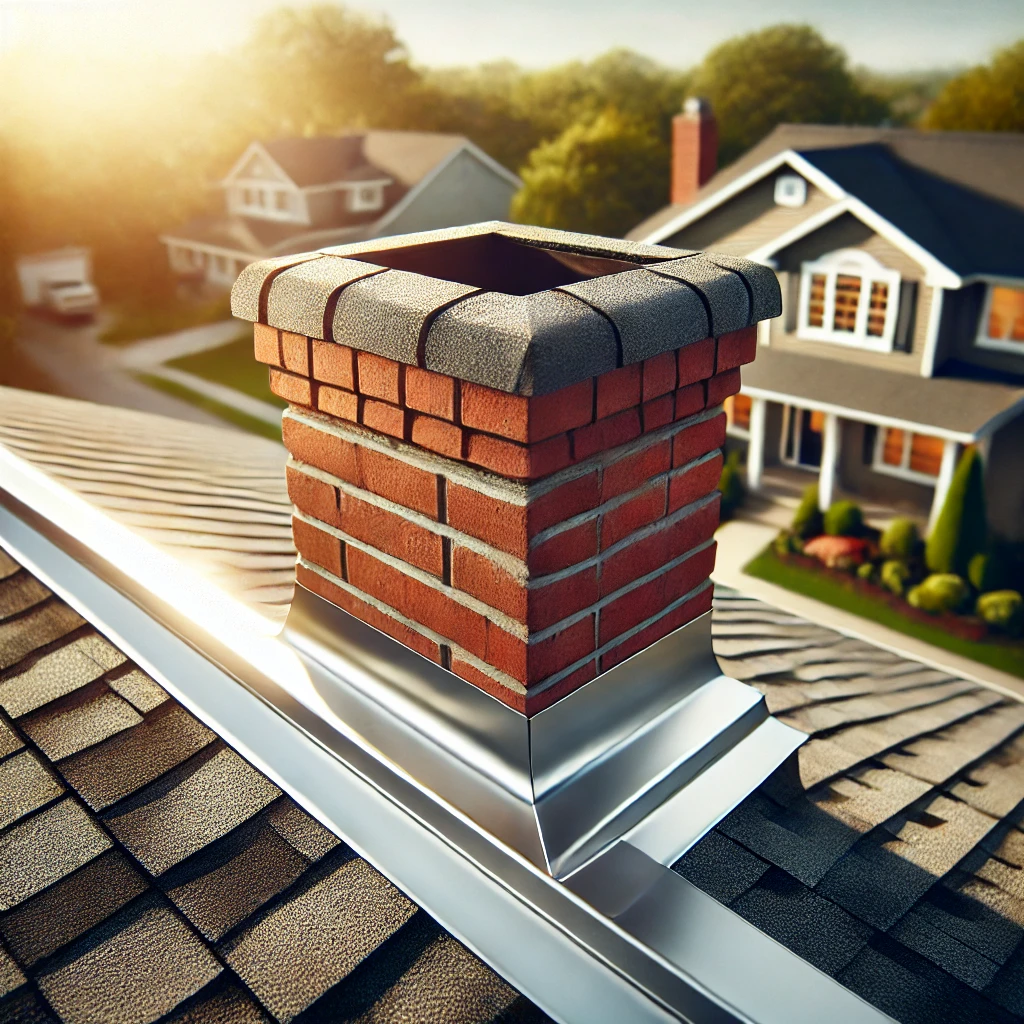
Conclusion
We can reduce the risk of water damage by prioritizing regular maintenance and inspections. This also helps prevent costly repairs to our chimney flashing. Weather and installation quality can affect the flashing. Knowing this helps us take action to protect our homes. Consulting with professionals ensures that experts handle the work. Knowing our chimneys are safe from the elements also gives us peace of mind. Let’s check our chimney flashing twice a year. We should get professional advice to keep our roofs strong and durable if needed.
Frequently Asked Questions
What is chimney flashing, and why is it important?
Chimney flashing is a metal sheet that seals and protects the area where the chimney meets the roof. It is very important. It keeps water from leaking into your home and causing damage. The flashing directs rainwater away from the chimney and the roof. When flashing is installed and maintained correctly, it creates a tight seal. This helps protect your home from expensive water damage repairs.
What are the common causes of chimney flashing separation?
The main causes of chimney flashing separation are weather and poor installation. In certain places, the weather can be unpredictable. Heavy rain, snow, and strong winds can loosen the flashing. Freeze-thaw cycles also cause the materials to expand and contract, which leads to separation. Poor installation, like using the wrong materials or cutting corners, can create gaps, which let water leak in.
How can I tell if my chimney flashing is pulling away?
If your chimney flashing is pulling away, you might notice visible gaps or cracks where it meets the roof or chimney base. Water leaks and stains inside your home are also signs, especially after rain. These issues suggest water may be getting in, so it’s important to address them quickly to avoid more damage and expensive repairs.
Should I try DIY repairs on my chimney flashing?
DIY repairs on chimney flashing are not recommended. Improper technique or material use can cause poor results and lead to higher repair costs. Chimney flashing needs expert attention. A professional ensures the right fit and follows safety rules. Booking a consultation with experts helps ensure proper installation and long-lasting solutions.
How often should chimney flashing be inspected?
You should inspect your chimney flashing at least twice a year. This helps spot any damage or water leaks early. Regular inspections also make it easier to fix problems before they get worse. Keeping up with this maintenance can prevent major water damage, protect your home’s structure, and save on repair costs.
What should I do if I notice damage to my chimney flashing?
Check for small repairs or a full replacement if you spot damage to your chimney flashing. For small gaps, resealing with a strong sealant might be enough. If the damage is more serious, you must replace the flashing. It’s best to consult professionals. They can assess the damage and handle the repairs. This helps prevent further issues and ensures proper installation.
